In the world of exquisite porcelain figurines, Herend stands as a symbol of artistry, craftsmanship, and enduring beauty. Herend figurines, handcrafted in Hungary, have captured the hearts of collectors and enthusiasts worldwide for nearly two centuries. This article explores the rich history, artistry, and the enduring allure of Herend figurines.
The Origins of Herend
The story of Herend begins in the early 19th century when Vince Stingl founded the Herend Porcelain Manufactory in the village of Herend, Hungary, in 1826. Stingl’s vision was to create porcelain pieces that could rival the best European porcelain manufacturers of the time. With meticulous attention to detail and an unwavering commitment to quality, Herend quickly gained recognition for its exceptional craftsmanship.
One of the pivotal moments in Herend’s history occurred in 1851 when the manufactory showcased its wares at the Great Exhibition in London. The display garnered international acclaim, earning Herend the “Queen Victoria” pattern, a design featuring intricate hand-painted butterflies and flowers, in honor of the British monarch’s patronage. This pattern remains one of Herend’s most iconic and beloved designs.
The Artistry of Herend Figurines
What sets Herend figurines apart is the extraordinary level of artistry and craftsmanship that goes into their creation. Each figurine is meticulously handcrafted by skilled artisans who have honed their craft over generations. The process begins with the creation of the porcelain paste, which is mixed with secret formulas to achieve the distinctive Herend “white gold.”
The figurines are then painstakingly shaped, sculpted, and hand-painted by artists who bring life to each piece with vibrant colors and intricate detailing. Herend figurines are known for their lifelike representations of animals, delicate flowers, and finely detailed human figures. The artistry is so detailed and refined that each figurine is a true work of art, capturing the beauty and essence of the subject with remarkable precision.
Collecting Herend Figurines: A Journey into Luxury
Collecting Herend figurines is not just about acquiring porcelain pieces; it’s a journey into the world of luxury and timeless elegance. Herend offers a vast array of figurines, featuring a wide range of subjects, from animals and birds to mythological creatures and historical figures. Each figurine is a testament to Herend’s commitment to creating pieces of unparalleled beauty and quality.
Collectors are drawn to Herend figurines for their beauty and craftsmanship, but also for their versatility. Herend figurines can serve as decorative pieces, cherished gifts, or even investments that appreciate in value over time. The brand’s rich history and the prestige associated with Herend figurines make them highly sought after in the world of collectibles.
The Value of Herend Figurines
The value of Herend figurines can vary significantly depending on several factors. Collectors and enthusiasts often consider the following aspects when determining the value of a Herend figurine:
- Age: Antique Herend figurines from the 19th century or early 20th century are typically more valuable due to their historical significance and rarity. The age of a figurine can significantly impact its worth.
- Condition: The condition of a Herend figurine is a critical factor in its value. Figurines in pristine condition, free from chips, cracks, or other damage, are highly sought after and can command higher prices. Any restoration work or damage can significantly reduce the value.
- Rarity: Limited edition or discontinued Herend figurines are often more valuable because of their scarcity. Collectors are willing to pay a premium for pieces that are hard to find. Special edition pieces or figurines with unique features can also be highly sought after.
- Pattern: The specific Herend pattern or design of a figurine can influence its value. Some patterns are more highly regarded and sought after than others. For example, the “Queen Victoria” pattern, with its intricate hand-painted butterflies and flowers, is one of Herend’s most iconic and valuable patterns.
- Subject Matter: The subject of a figurine can also impact its value. Certain animals or themes may be more desirable to collectors, leading to higher prices for figurines featuring these subjects.
- Size: The size of a Herend figurine can also affect its value. Larger, more intricate pieces may be worth more than smaller figurines.
- Artist Signature: Figurines signed by renowned Herend artists may command higher prices as collectors often place a premium on pieces associated with specific artists.
- Provenance: Figurines with a documented history or a connection to a notable collector can increase their value. Provenance can provide authenticity and add historical significance to a piece.
- Market Demand: The demand for Herend figurines in the current market also plays a role in determining their value. Trends in collecting and shifts in popularity can impact prices.
- Overall Aesthetic Appeal: Ultimately, the overall aesthetic appeal of a Herend figurine, including its artistry, craftsmanship, and visual impact, is a significant factor in its value. Collectors are drawn to figurines that captivate the eye and evoke emotion.
To get an accurate appraisal of the value of a specific Herend figurine, it is advisable to consult with a reputable appraiser or auction house that specializes in fine porcelain collectibles. They can consider all of these factors and provide a valuation based on the current market conditions and the unique characteristics of the figurine in question.
Herend figurines are more than just collectibles; they are embodiments of elegance, artistry, and timeless beauty. Whether you are a seasoned collector or someone newly introduced to the world of Herend, these figurines hold a special place in the world of luxury porcelain. To own a Herend figurine is to possess a piece of art that transcends time, a symbol of craftsmanship at its finest, and a testament to a legacy of excellence that continues to captivate collectors and art enthusiasts around the globe.
Partner:

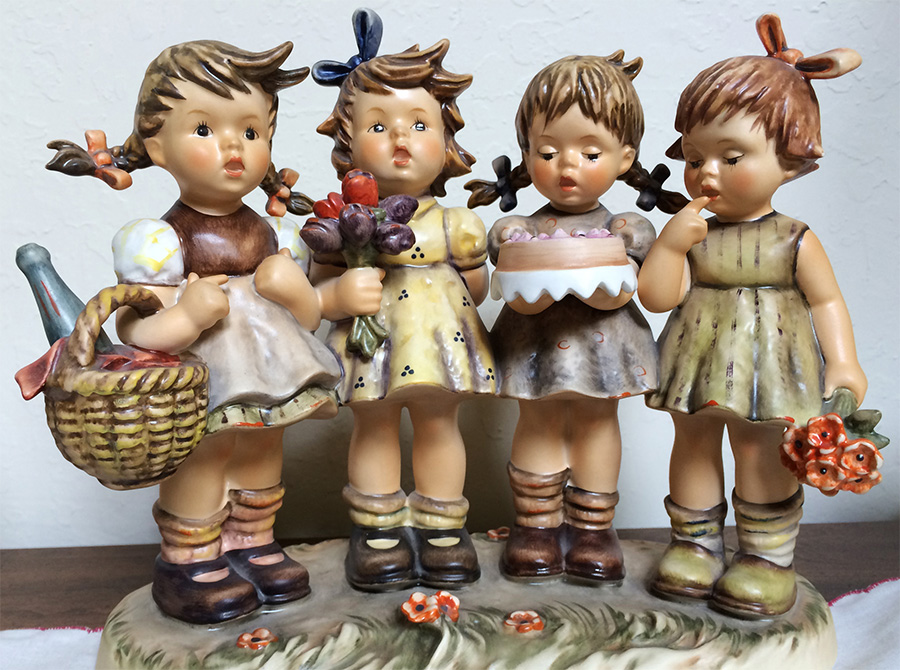

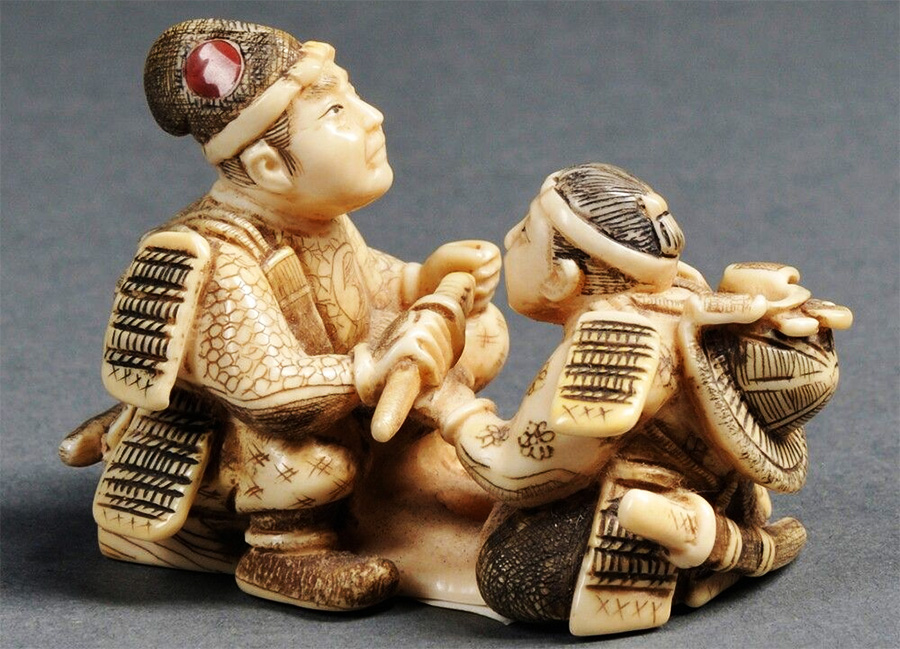
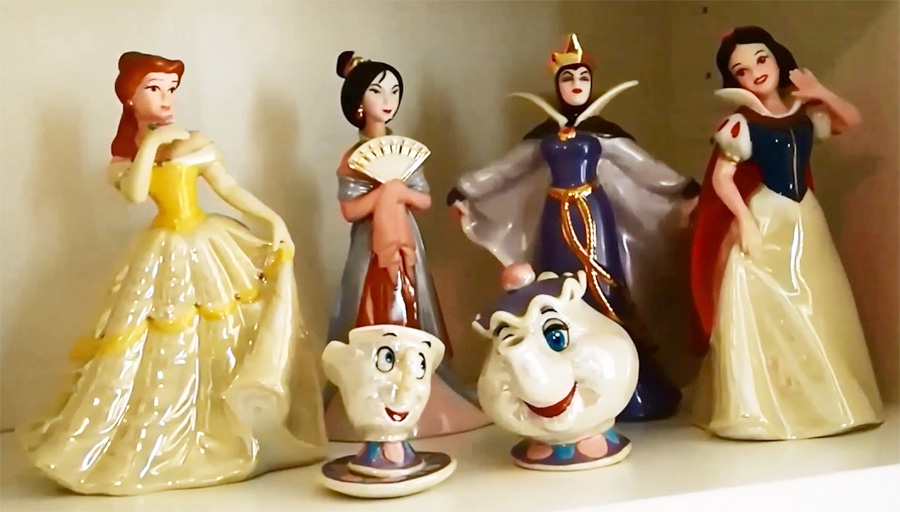
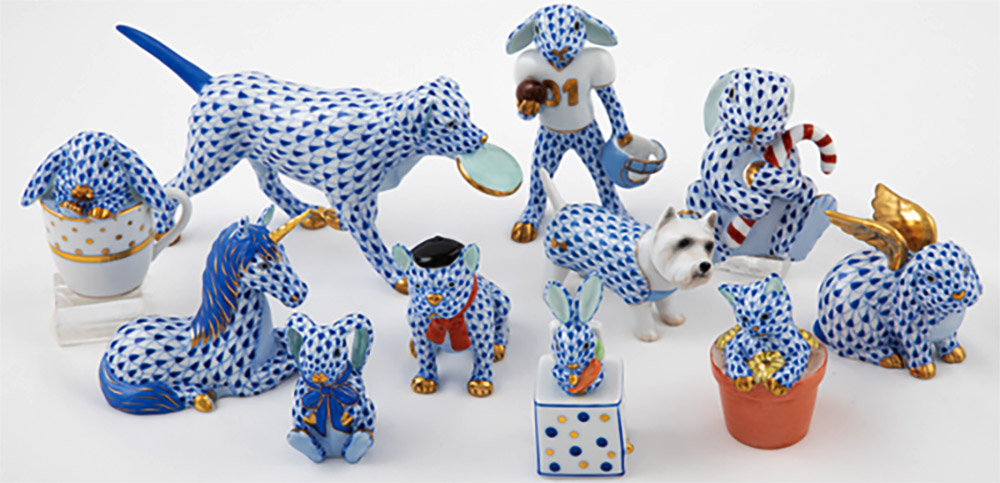
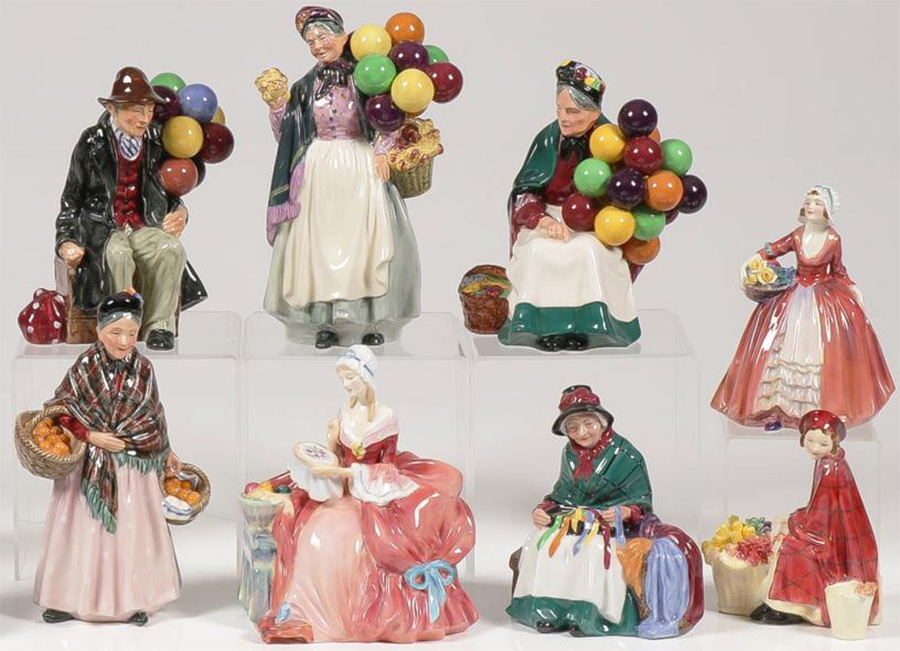

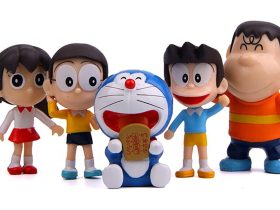
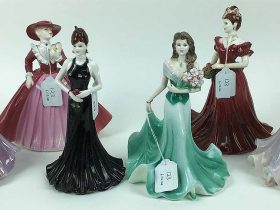
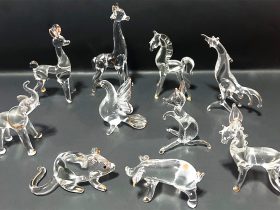
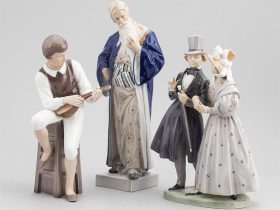
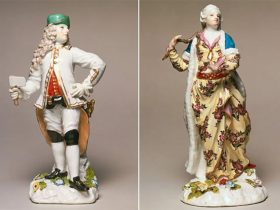

Leave a Reply